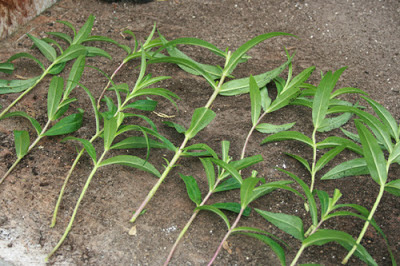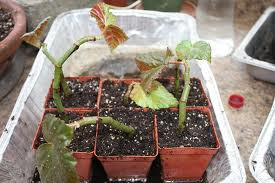Nothing can beat the smell of home made cherry pie, and its totally delicious served warm with a scoop of vanilla ice ream. If you are lucky enough to have a cherry tree in your garden or a farm shop nearby then you simply must make this pie with fresh cherries that are in season. However, don’t despair if you haven't as this recipe also works well with preserved cherries too.
Ingredients
Short crust pastry
250g plain flour
50 oz/140 g butter
3 tablespoon water
2 eggs
Pinch salt.
2 tablespoons caster sugar
Pie filling
2.2 lb / 1 kg fresh cherries
4 oz black cherry jam
2 tsp arrowroot
75 ml water
Method
Remove the stones and stalks from the cherries. Heat the jam and water in a pan gently until the jam bubbles, Add the arrowroot and continue to stir until mixture thickens. Add the cherries to the mixture and stir until they are covered. Allow to cool.
 To make the pastry mix together the flour, butter and sugar together in either a bowl or a food processor. Beat a egg in a bowl and along with the water gradually add this to the dry ingredients. Mix until it comes together as a dough, adding more water a tablespoon at a time if the mixture is too dry. Wrap the pastry ball in cling film and allow to chill in the fridge for 30 minutes.
To make the pastry mix together the flour, butter and sugar together in either a bowl or a food processor. Beat a egg in a bowl and along with the water gradually add this to the dry ingredients. Mix until it comes together as a dough, adding more water a tablespoon at a time if the mixture is too dry. Wrap the pastry ball in cling film and allow to chill in the fridge for 30 minutes.Divide the pastry into two. Roll out the first piece of pastry and line a 10" pie dish. Transfer the cherry filling into the pie dish. Roll out the second piece of pastry and place over the top of the pie dish. Press firmly around the edges to join the seam and trim, placing a hole in the centre of the pie to allow steam to escape. Glaze with the egg and sprinkle with sugar.
Cook in an oven set to 200C/400F for 40 minutes or until the pie is golden brown. Allow to cool for 1 hour and serve with vanilla ice-cream.
For related articles click onto:
Banana loaf recipes
Black Forest cake
Cherry pie
Chocolate Cheesecake
Christmas cake
Christmas mince pies
Christmas puddings
Coffee and walnut cake
Ginger Bread House
Gooseberry crumble
How to make pancakes
How to make pastry
Lemon meringue pie
Loaf cakes
Pumpkin cheesecake recipe
Raspberry pie
Recipe for apple crumble
Recipe for blackcurrant cheesecake
Recipe for bread and butter pudding
Recipe for cherry pie
Recipe for Chocolate Cheesecake
Recipe for Egg Custard
Recipe for English Apple pie
Recipe for fairy cakes
Recipe for home made olive bread
Recipe for pancakes
Recipe for pumpkin pie
Recipe for pumpkin puree
Recipe for Plum Chutney
Recipe for rhubarb crumble
Recipe for scones
Recipe for shortbread
Recipe for strawberry cheesecake
Recipe for strawberry jam
Recipe for Tiramisu
Recipe for victoria sponge
Sponge cake recipe
Strudel recipe
Sultana Scones
Cherry pie
Chocolate Cheesecake
Christmas cake
Christmas mince pies
Christmas puddings
Coffee and walnut cake
Ginger Bread House
Gooseberry crumble
How to make pancakes
How to make pastry
Lemon meringue pie
Loaf cakes
Pumpkin cheesecake recipe
Raspberry pie
Recipe for apple crumble
Recipe for blackcurrant cheesecake
Recipe for bread and butter pudding
Recipe for cherry pie
Recipe for Chocolate Cheesecake
Recipe for Egg Custard
Recipe for English Apple pie
Recipe for fairy cakes
Recipe for home made olive bread
Recipe for pancakes
Recipe for pumpkin pie
Recipe for pumpkin puree
Recipe for Plum Chutney
Recipe for rhubarb crumble
Recipe for scones
Recipe for shortbread
Recipe for strawberry cheesecake
Recipe for strawberry jam
Recipe for Tiramisu
Recipe for victoria sponge
Sponge cake recipe
Strudel recipe
Sultana Scones

























